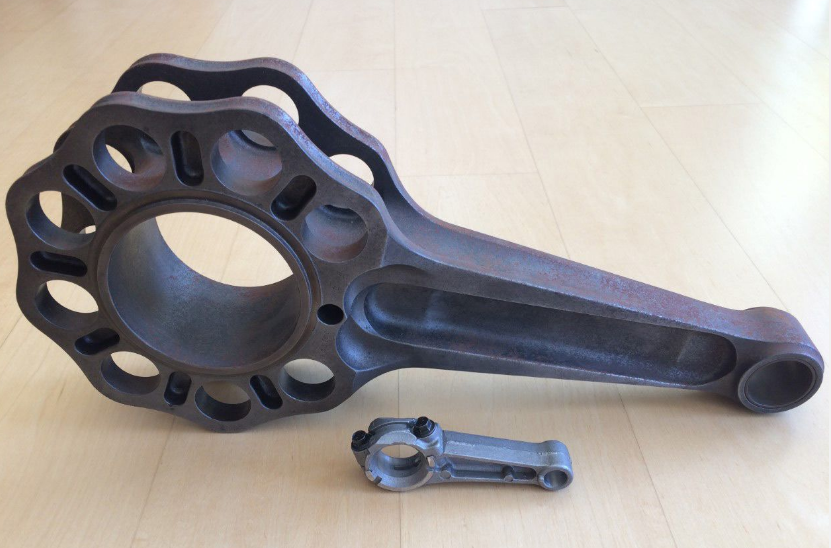Constructing a connecting rod is not just a manufacturing activity but a creative process that combines the principles of materials science, engineering design, and fabrication skills. This guide will guide you through the steps and considerations involved in making a connecting rod, as well as the role connecting rods play in engine efficiency and performance.
A Look Into the Role of Connecting Rods
Connecting rods play an indispensable role in internal combustion engines by connecting the piston to the crankshaft, allowing the conversion of linear motion into rotational motion. An understanding of this vital part’s function is the foundation to a successful build.
Material Selection for Connecting Rods
Choosing the right material for a connecting rod balances strength, durability, and weight. Commonly used materials include steel and aluminum. Steel is often chosen for its strength and durability, while aluminum, being lighter, can reduce the overall weight of the engine.
The Design of Connecting Rods
The design process involves determining the correct dimensions for the connecting rod, which are generally dependent on the specifics of the engine in which it will be used. Software such as CAD can be used to visualize the rod before the physical production begins.

Fabricating Connecting Rods
Fabrication involves shaping the material into the designed form of the connecting rod. This process generally involves techniques like forging, casting, and machining. Forging tends to produce stronger rods due to the alignment of the material grain along the shape of the rod, while casting is more cost-effective but potentially less durable. Machining is then used to fine-tune the product and achieve the required precision.
Quality Assurance and Testing
Upon completion of the connecting rod, it’s essential to conduct testing to ensure its integrity and performance. Tests may include weight checks, balance checks, and material defect inspections. This ensures that the connecting rod is up to standard and safe to use in an engine.
The Impact of a Well-Made Connecting Rod
A well-crafted connecting rod is integral to efficient engine performance. The rod must endure high-frequency cycles of tension and compression forces, so quality craftsmanship directly contributes to engine longevity and reliability.
The Art and Science of Making Connecting Rods
Making a connecting rod is both a scientific and creative endeavor. It requires a sound understanding of engineering principles, an eye for precision, and a feel for craftsmanship. The process is not only rewarding, but also provides a greater understanding and appreciation for the intricate workings of engine mechanics.
The process of making connecting rods encapsulates the essence of mechanical engineering — bringing together materials, design, fabrication, and quality assurance to create a component crucial to the functioning of an engine. By crafting your own connecting rod, you take part in this intricate and rewarding process.